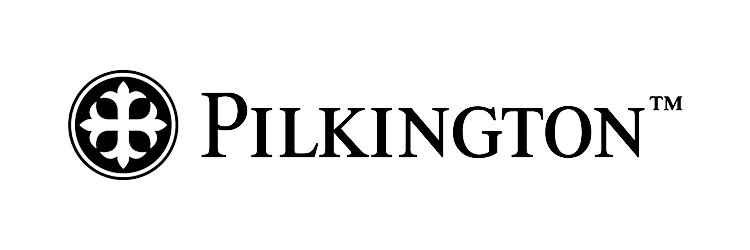Southeast
EVENT THEME
Detailing High-Performance Facades: Strategy, Specifications, and Advanced Cladding Materials
Today’s high-performance facade standards require the deft balancing of aesthetics, technical detailing, and the demands of the client and local building regulations. This workshop will discuss both material and technical solutions to meet those standards. Experts will be on hand to lead tutorials on the most recent innovations in rainscreen cladding, sealant solutions, and much more. Attendees will leave with a greater knowledge of material applications at the cutting-edge of energy performance and code compliance, all while learning of attractive solutions for clients and end users.
Agenda
10AM - 11AM
Credit type: 1 AIA HSW LU
Provider: Kawneer
As construction methods and delivery requirements have changed to evolve and meet new demands, manufacturers now offer a wide array of framing options. Architectural aluminum framing systems can be broken down into several subcategories, including storefront framing, curtain wall, window wall, windows, entrances and more. While each shares some common characteristics, they are also quite different and designed for specific applications. This presentation focuses on these systems—storefront, curtain wall and window wall—and the unique features and characteristics of each, along with their advantages and disadvantages and examples of applications each is designed for. You will better understand the uniqueness of each system and how to select the correct one based on a specific project’s needs.
Learning Objectives
- Understand the similarities and differences between Storefront, Curtain Wall and Window Wall Systems.
- Understand the installation and fabrication options for Storefront, Curtain Wall and Window Wall Systems.
- Identify other architectural aluminum framing products that can be integrated into Window Wall Systems and how this is accomplished.
- Understand the performance characteristics of Storefront, Curtain Wall and Window Wall Systems.
11AM - 12PM
Credit type: 1 AIA HSW LU
Provider: Pilkington
Different buildings have differing needs for aesthetics, performance, and functional operations. Few building materials have as great an impact on all three of these areas as glass since it plays a unique and important role in building design and the environment. The use of glass in buildings affects design, appearance, thermal performance, and occupant comfort. Historically, glass was used mainly for windows to admit air and light, but with advanced manufacturing options and the need for high performance buildings, it is now integral to interior and exterior architecture. Glass now plays a critical role in achieving a wide variety of dynamic and varied performance requirements from reducing bird strikes to generating power. These evolving technologies enable a variety of occupant and building performance improvements such as air quality improvements, fire protection, and improved acoustic performance. Additionally, these technologies can be used to enable significant reductions in the energy usage of existing and new buildings, which further improves sustainability and the push towards zero net carbon building future. Therefore, the selection of the right types of glass is a crucial element of the design process to create solutions that not just achieve the performance and aesthetic targets, but also directly lead to the greater goals of occupant health and comfort as well achieving the macroscale building demands in terms of sustainability and operations. Architects who understand the full range of possibilities available from glass manufacturers can use them to design the aesthetics, performance, and wellness standards required of the built environment today.
Learning Objectives
- Identify the different types of high-performance glass that are available and explain how these products impact occupant health, safety, and sustainability.
- Investigate the design potential and innovative opportunities to reduce bird strikes, improve sound attenuation, reduce fire risk, and improve surface cleanliness using advanced glass technologies.
- Explain how window retrofit technologies and power generating/dynamic glazing contribute to green and sustainable design in buildings.
- Acquire insights into emerging technologies being used to achieve healthier, safer, and more sustainable buildings, beyond achieving performance and aesthetic targets.








